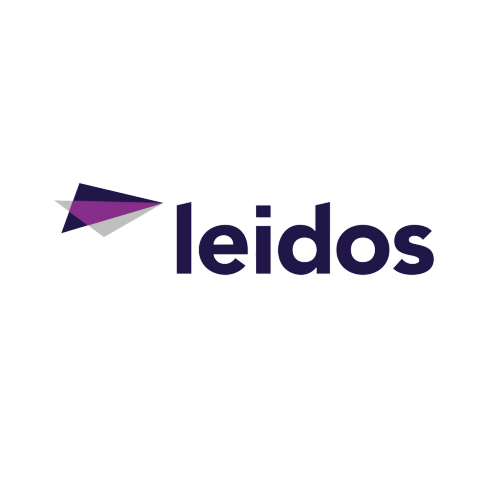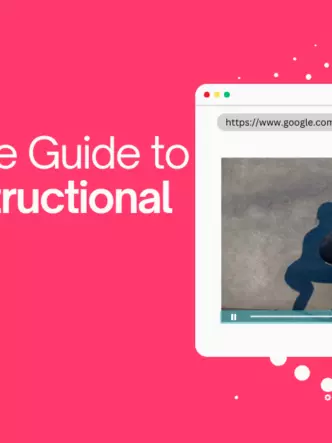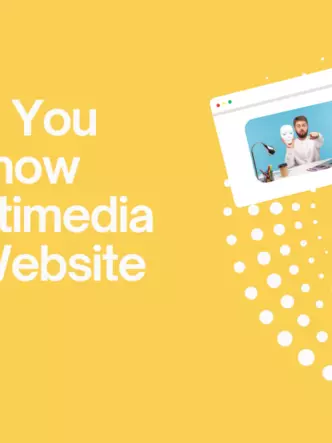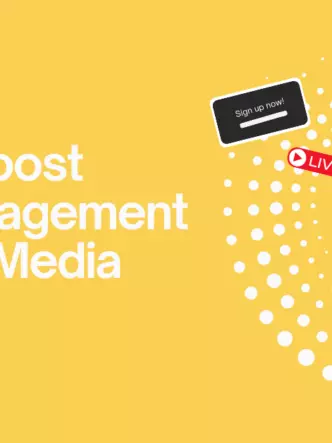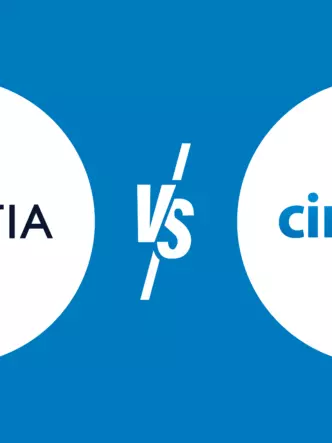There is always a target audience for the video content you create. The video’s value depends on your ability to secure the content to avoid reproduction or redistribution without your consent.
There is widespread use of the internet among individuals and organizations, which increases the chances of video leaking or hacking. Securing your videos requires you to pay attention to the platform you want to use them on. This post reveals why you need a secure platform for sharing your videos to protect your content and keep it exclusive.
Video security during production
Video production requires some additional touches, such as adding effects or audio to them. During production, source files continue to increase depending on what you are adding. The skills needed to produce a video successfully require the involvement of many participants who need to access the right files.
The video stakeholders are spread across freelancers and companies, and this trend can complicate sharing the content. Production houses involve third parties and other important platforms for sharing the production files. With time, product launches, company secrets, and other sensitive information may be distributed widely.
To retain control of your video content, you can use the media asset management (MAM) platform when you are producing it. MAMs are designed to solve the tracking problems and slowing for a safe sharing of video content among stakeholders, thereby protecting your videos.
During video production, the control ensures that the participants are dealing with the right material. The strict security controls ensure that the previews are only accessible to the right people. Well-produced and secured videos can effectively boost conversions rather than being diverted by unauthorized users.
Significance of MAM
Using a specialist MAM can help you to maintain control over sensitive video content and enhance video security. The platform offers a safe cloud portal to allow verified users to download view only the content they are allowed to.
When you engage in private video hosting, the content can be accessed and controlled at an individual level. MAM can be used to protect commercially sensitive business information. Some MAMs can integrate distribution features, thereby guaranteeing the safe delivery of video content to consumers or organizations. Based on your needs, you can distribute the videos in various ways. For instance, you can live stream via a branded portal or public-facing to private downloads.
Security of video distribution
MAM offers a complete audit trail of the video content, which is important for organizations that can be affected by the General Data Protection Regulation (GDPR). You can easily track footage from ingesting via many revisions and to distributions and maintaining a record of the people who access or use the content at any given time. MAM ensures compliance when dealing with private data or managing data access requests.
Losing control during video production can make the video content be leaked, and therefore, it is important to protect the videos during distribution. Your distribution approach can be influenced by the kind of content you have. However, the bottom line is that only the authorized people access the videos.
Video-sharing platforms such as YouTube have wide-open access for attention-building clips and public promos. Thus, every time you upload a YouTube video, you are assured of its security and protection. You’re also prone to things such as video player tools and settings, clogging up the attention for your video.
For archive, channel, or B2B media business, the video content value depends on the extent to which you can control access. This can be through a TV-on-demand model or licensing.
To address specific questions concerning securing video sharing
Your organization should use a video-sharing platform that guarantees security. However, you should address the following questions:
- Who is my target audience? You can customize videos by segmenting your audience based on different demographics and develop content to suit their needs.
- What is the main aim of sharing the content? You may want to share content to boost conversions.
- What kind of information do I need to share? Share information that is relevant to your audiences’ needs.
- Are there possibilities that my content may be accessed by unauthorized people?
- For how long do I need to avail the information to the target audience? Determine how long you want to embed the content for your users to access.
- Who should approve the content? The YouTube video approver can access all the content. After the video has been approved and the approver has shared the link, other users can play the video.
- Do I need to pay attention to compliance before sharing the information?
- What is the cost of sharing? Can it fit within my budget? Weigh the benefits of video content and its costs and evaluate if it is cost-effective and within your budget.
Securing videos and their access
A secure video hosting platform uses advanced technologies such as HTTPS to protect videos during downloads. The on-demand and live videos are provided through HTTP live streaming instead of a progressive download. This complicates the process of capturing and pirating the video via a shareable file.
A video distribution platform or a MAM uses such technologies to facilitate content control. Taking additional steps to protect your videos may be a good idea. You can do so by watermarking all your video previews or the ultimate content so that it is easily identifiable with your brand.
Watermarks discourage people from sharing your videos and improve your video’s original usage. Video marketing platforms such as YouTube come with security tools and then there are private hosting platforms that offer even better security features.
Common security options for videos include security tools that can keep your videos private and secure. Common video security features include:
Password protection
Password protection tools are found in most video hosting sites and platforms. This simple feature permits only the authorized users or viewers to access videos or playlists. A password-protected video enables you to share the video on a video website or landing page where the users are required to key in the password before accessing it. Thus, they can view the videos privately.
Scheduled delivery
Some platforms allow videos to be uploaded and released at a specific time and date. Thus, you can schedule when you want your video to be accessible and the expiry date of the embed code.
IP address restriction
One of the most effective ways of restricting access to video content is by using IP address restriction. This entails restricting video access based on the users’ geographical location, such as campus or college. When you upload the video, you are almost certain about the location from which it will be accessed.
Most addresses are restricted based on specific networks. You can therefore ensure that the authorized video users access and watch them from your location. It is a great way to secure online videos like those needed for training purposes.
Encrypted Real-Time Messaging Protocol (RTMPE)
RTMPE is offered by advanced video hosting platforms. RTMPE breaks the video content into portions that can be delivered and played back when a specific portion is needed. This is an advanced tool but it offers additional protection since it may be challenging to access a video in full or steal it.
Domain restriction
Domain restriction facilitates control of the location for embedding, sharing playing back the videos. This tool can be recognized by video players that allow you to save your videos and play them without necessarily downloading them. You can be able to play them online later. You can also use the domain security feature to maintain videos on your website so that they can only be viewed from there.
Preventing piracy
As a qualifying copyright owner, you should use antipiracy tools to protect your video content. An automated system such as YouTube’s Content ID can scan the videos uploaded to your channel to allow you to remove unauthorized copies. Content ID is an automated fingerprinting system offered by Google to identify copyrighted content on YouTube.
In the world of digital marketing, content is king, and therefore, some people are always on the lookout for quality videos, so protecting them may be quite a challenge for you. MAM can secure the video production process the same way it does for distribution. MAM has an accountability and version control benefit for your videos.
You must always use a trusted content protection solution that offers control and accountability benefits. It should be able to provide you confidence and peace of mind that your content is safe from any unauthorized distribution.
You can also stop video piracy by removing the piracy incentives. Effectively, this can work by offering a good user experience or good product at a fair price. Viewers prefer sympathetic interfaces with sophisticated whistles and bells like personal recommendations. They also want a quality image with no latency. When the industry provides that at a reasonable price, people will be discouraged from piracy.
Conclusion
Producing video content should go hand in hand with protecting it. You should ensure that only authorized users access the content so that it meets the purpose it was initially intended to meet. Securing videos is important during production, distribution, and storage. You should consider the various tools and features for restricting video access and protecting privacy. Selecting the best video-sharing platform is the key to achieve your video security goals.
